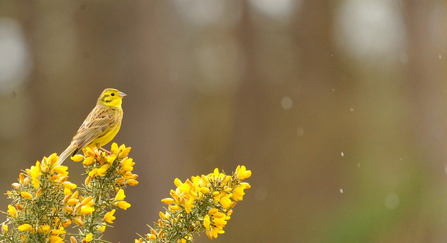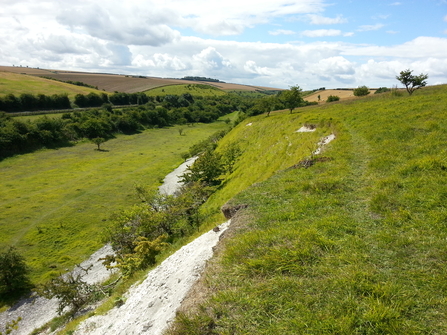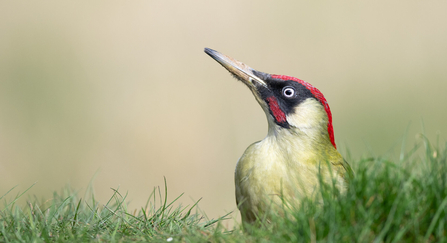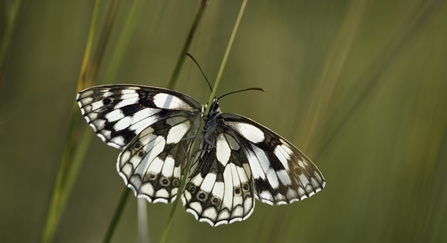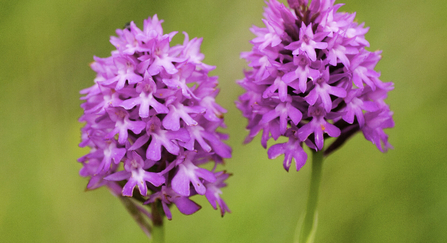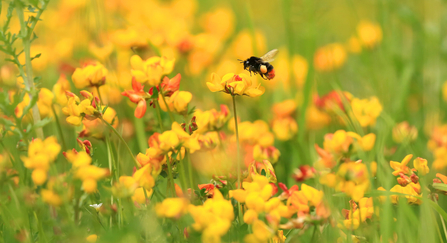It’s a warm summer’s day and you’re exploring the tranquil, rolling chalk valleys of the Wolds in East Yorkshire. It’s a place harbouring hidden gems, often overlooked in our hurry to reach the coast.
Dominated by hawthorne and ash, on a sunny day the still air shimmers in the heat and grasshoppers chirrup. Yellowhammers sing their quick and distinctive line of ‘a little bit of bread and no cheeeeese’ or call out in sharp chips.

